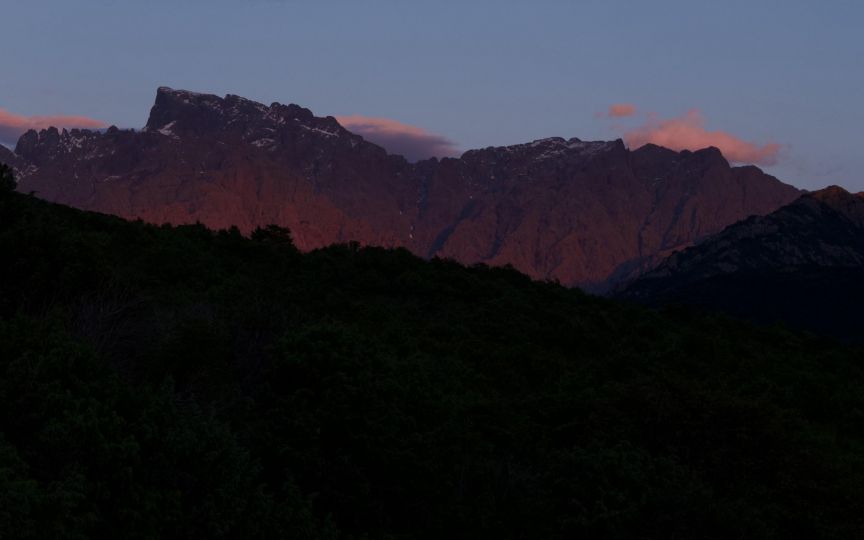The Fallout of the Guano Fever
Ernesto Benavides / Supay Fotos
On the 22 islands along Peru’s coastline, life is regulated by the harvesting of guano – sea bird droppings. In the 19th century already, Peru exported this product in large quantities to the United States and Europe. It was a prosperous activity thanks to the exploitation of a workforce composed of Chinese coolies. Working conditions were harsh: they harvested the droppings under the blazing sun and ended the day covered in seagull excrement.
Nowadays, the demand for organic products around the world has led to a revival in the global interest for guano. It is a natural and powerful fertilizer that satisfies the demands of “green” consumers, compared to the use of chemicals in agriculture.
People at the end of the economic chain can barely imagine how the harvesters – whose situation is not much different from that of the 19th century – work on Peru’s guano islands. Labourers generally spend one month stints on the islands where they work.
At the same time, overfishing is taking its toll. Birds have less food and the production of guano is diminishing. Global warming is worsening the scenario; the ecosystem is endangered, as is the guano workers’ source of income.
Along with their vulnerable existence there, nature’s equilibrium is threatened. On the guano islands of Peru, both labourer and nature are fighting for survival.
















